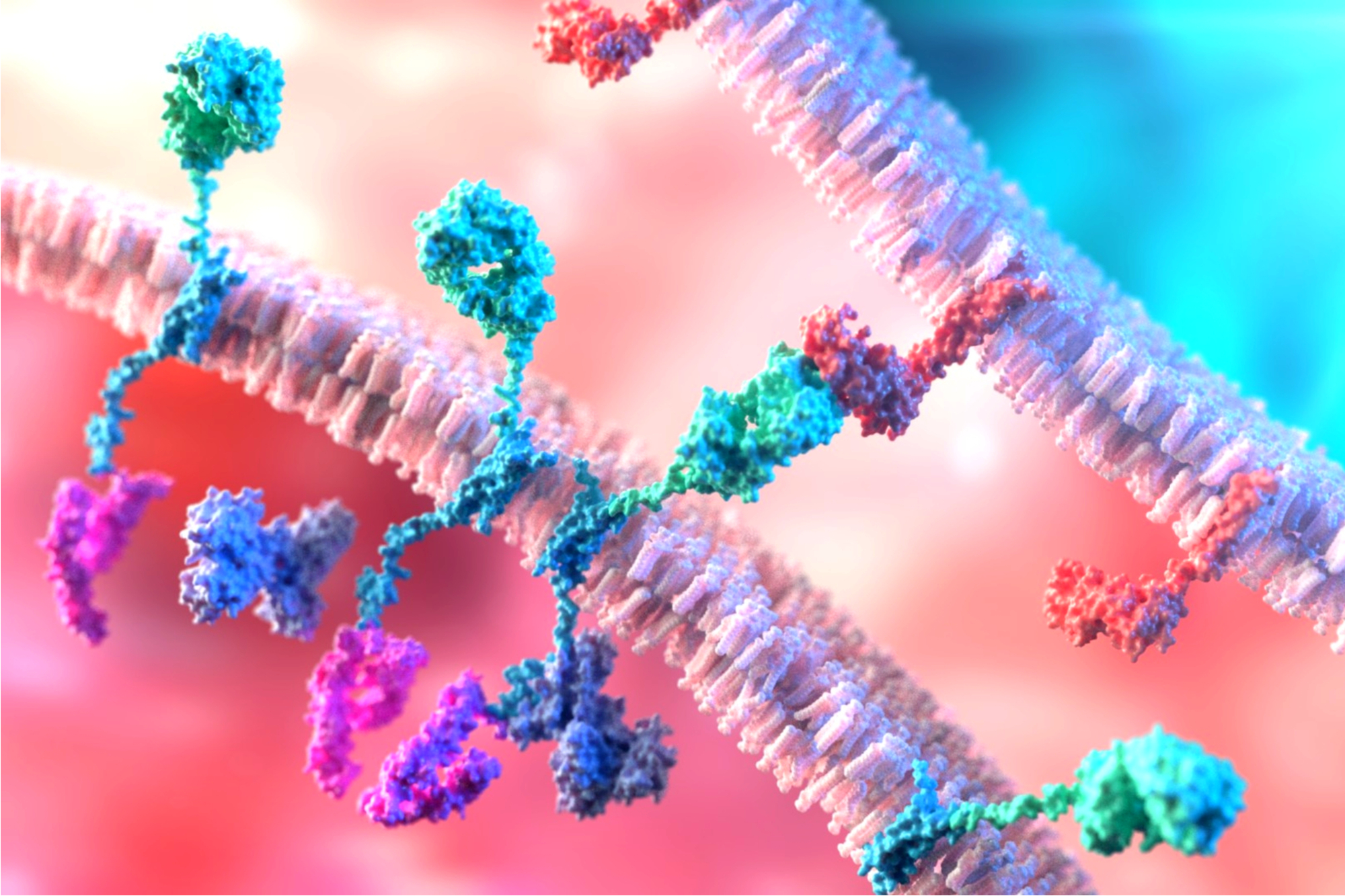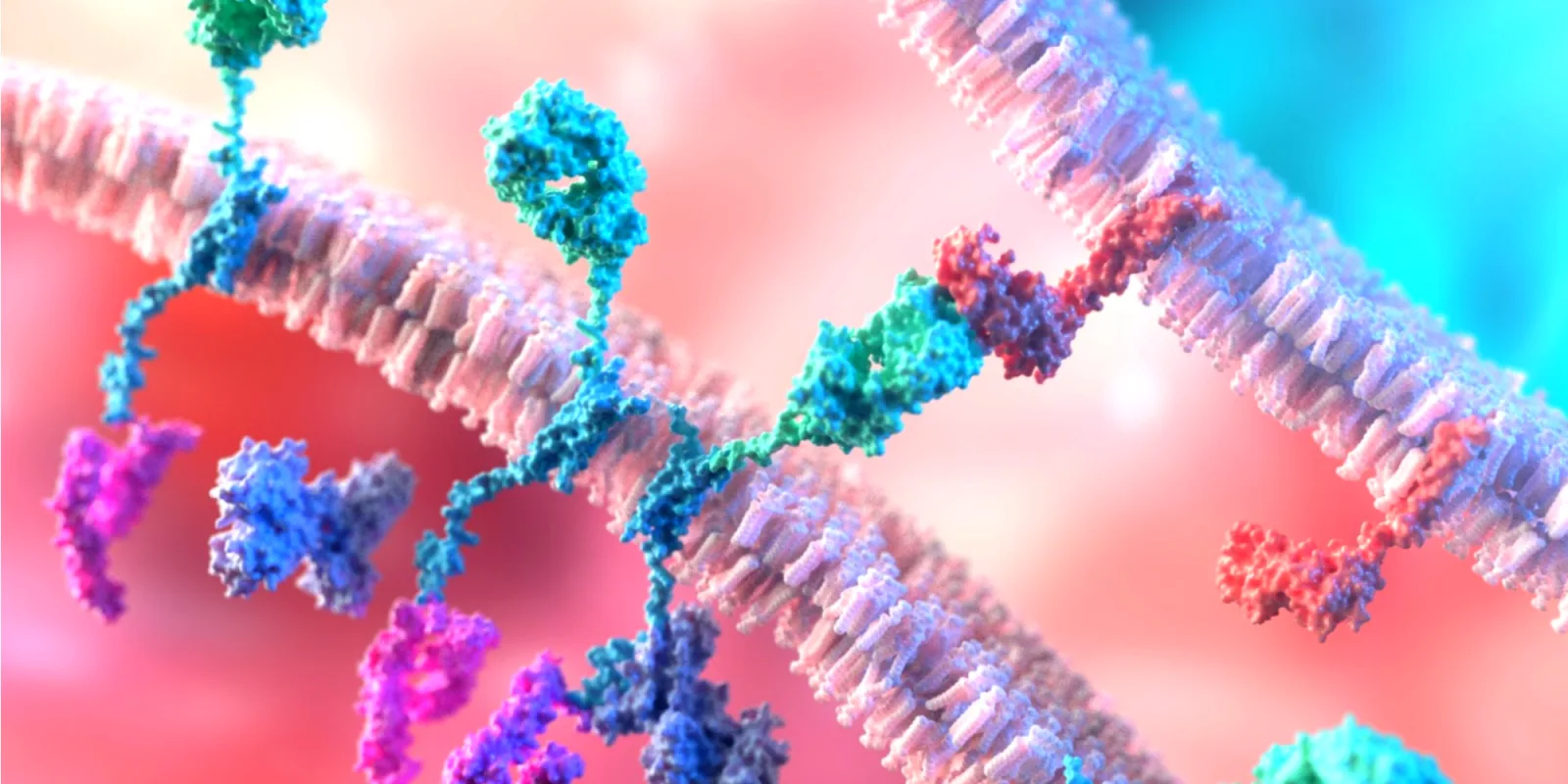 On August 30, 2017 the FDA claimed a “historical day” making the first gene therapy available in the U.S. This was also one of the first times that we heard the term “CAR-T cell” introduced to the mass public audience. CAR-T cell treatments have been revolutionary for the cancer physicians and their patients. This treatment has given many cancer patients with very little options another opportunity for a cure.
On August 30, 2017 the FDA claimed a “historical day” making the first gene therapy available in the U.S. This was also one of the first times that we heard the term “CAR-T cell” introduced to the mass public audience. CAR-T cell treatments have been revolutionary for the cancer physicians and their patients. This treatment has given many cancer patients with very little options another opportunity for a cure.
CAR-T Basics
However, there are downsides of CAR-T cell treatment that every physician should know about because our patients are seen by their primary care physicians, surgeons (for emergent surgeries), and ER physicians (because they will go to the ER for severe side effects).
As a medical oncologist and a hematologist, there are certain patients I would definitely treat with CAR-T cell treatment. And there are other patients for whom I would take a pause and discuss risks — financial toxicity — and benefits with my patients so they can make the most informed decision.
CAR-T cell is a personalized cancer treatment. Some argue this treatment is the most precise medication among the medications known as “precision medicine” immunotherapy treatments.
If a patient is indicated to receive CAR-T cell treatment, the patient undergoes a process known as Leukapheresis to extract out the patient’s unique white blood cell known as T-cells. The process is very similar to when a patient donates blood at a Red Cross. Instead of taking out the red blood cells in the blood, we take out the T-cells using the same concept.
Every person has a unique population of white blood cells in their blood due to genes inherited from our parents and the variable environmental exposures that stimulate different white blood cells.
For example, identical twins can have different immune cells because one twin may have been exposed to chicken pox (and built an unique population of white blood cells) while the other twin may never been exposed. We are all exposed to different pathogens, thus identical twins can have different T-cells based on environmental exposure.
In terms of the immune system, T-cell specificity is based on that person’s unique genetic makeup and environment exposure. This unique specificity is what makes CAR-T cell treatment so effective.
CAR-T cells are genetically engineered with an artificial receptor known as a chimeric antigen receptor (CAR) attached to the persons unique T-cell. An analogy to the visual folks, this is like adding a horse (T-cell) to a carriage (CAR). Thus, we have the name CAR-T cell.
Once combined, the CAR-T cell is shipped back to the patient’s cancer center and infused into the patient’s blood by a bag (very similar to when a patient receives a blood transfusion on an IV pole).
Side Effects and Cons
Patients can have some very unusual side effects. Unlike chemotherapy, this treatment commonly does not cause hair loss, peripheral neuropathy, or low blood counts.
The treatment revs up the immune system and therefore causes immunotherapy associated side effects. It is like hitting a beehive with a baseball bat. After hitting the beehive the bees (immune cells) will come out right away since it was stimulated.
The main side effect is called Cytokine Release Syndrome (CRS). This is also known as cytokine storm. About 70–90% of patients develop this condition. It lasts 5 to 7 days. Patients describe it as a very severe case of the flu. They can develop a fever above 101 degrees Fahrenheit, worsening fatigue, and diffuse body aches.
Interestingly, we have a FDA approved medication to treat CRS known as Tocilizumab. This immunosuppressive medication helps reverse this side effect.
The other main side effect is known as CAR-T cell-related encephalopathy syndrome (CRES). Patients can become confused and disoriented. Other patients can develop seizures and depressed level of consciousness. Sometimes a patient cannot even talk (expressive aphasia) or write (fine motor skills) for a couple days. These neurologic deficits are reversible the majority of the time. CAR-T cell therapy can also cause death (rarely) due to cerebral edema.
These things should be discussed carefully with a patient.
CAR-T cell treatment is very expensive. These treatments can cost more than $400,000. One of the most common reasons for bankruptcy in our country is medical bills. Medical costs are often shared with their spouse if they are married.
About five years ago, one of my married terminal cancer patients asked me if she should consider divorcing her husband so he does not have to be in financial debt for the rest of his life. This was very heartbreaking to me. Fortunately, we had a great financial counselor to talk with the husband and wife about this situation. They discussed the financial ramifications of a divorce with the patient and her husband.
Another factor to consider is the time to wait for a genetically engineered CAR-T cell treatment.
Since the treatment is created from a patient’s unique T cell, it can take weeks for the CAR-T cell to be genetically developed.
Also, insurance companies are not known to cut a check for $400,000+ right away. Therefore, it can take many weeks until the patient receives their treatment.
Lastly, there appears to be alternative treatments that will be available for our patients instead of CAR-T cell treatment under a clinical trial.
CAR-T At ASH
At the 2019 American Society of Hematology meeting, the main plenary session discussed a bispecific antibody that attaches the patient’s T-cell (that naturally kills cancer cells) to the malignant cancer cell (B-cell).
This medication brings the T cells in the body to the cancer cell. It is like a connector that brings a cop to the criminal. The preliminary results appear very robust. The number of patients receiving complete response is very similar to CAR-T cell therapy. Furthermore, patients that fail CAR-T cell treatment appear to be effectively treated with this medication.
In conclusion, CAR-T cell treatment is a great medication for our cancer patients. It is a revolutionary treatment that can cure patients. Unfortunately, the medication only works about 40% of the time. Also, the cost of the drug is very high — thus we should have an informed discussion with the patient about the financial obligations for the patient and their families.
Lastly, an informed discussion should be given to the patient about alternative treatments that are available under a clinical trial.
Dr. Chandler Park is a practicing hematologist and medical oncologist. He’s trained at Cleveland Clinic, Indiana University, West Virginia University, and University of Pittsburgh. During his training, he served on various academic committees, including medical school admissions, residency selection, and residency review. He’s a clinical professor at the University of Kentucky College of Medicine, faculty on the American Society of Clinical Oncology (ASCO) CME committee, and a 2019-2020 Doximity Conference Fellow.
Image by Alpha Tauri 3D Graphics / Shutterstock







